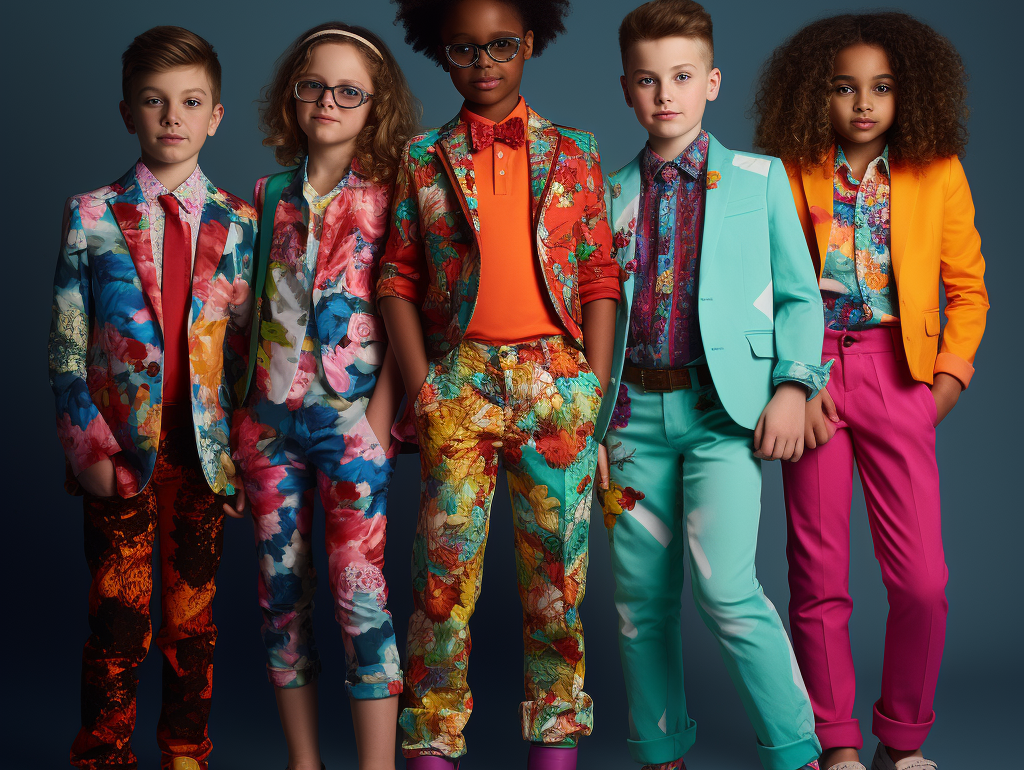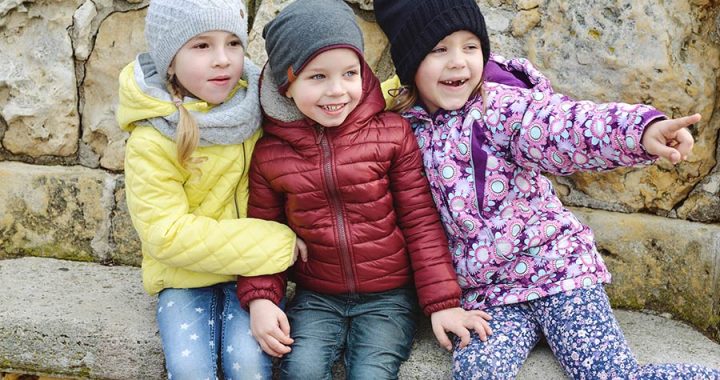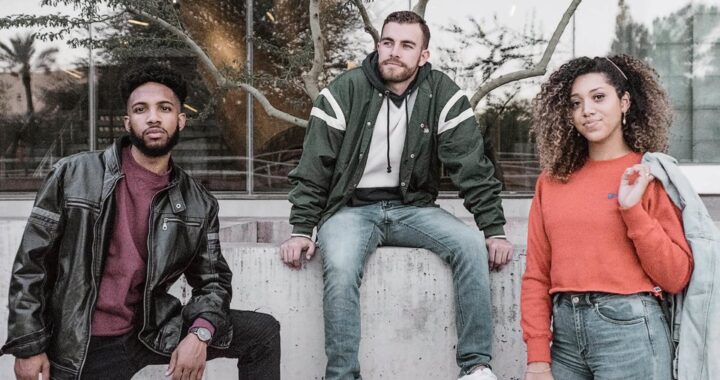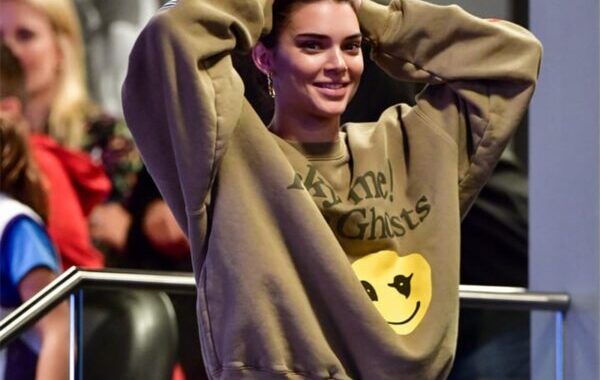How Kids can Mix And Match Colours In their Clothes
5 min read
Welcome to our colorful world of fashion and style! When it comes to dressing up, one important skill that kids can learn is how to mix and match colors in their clothes. Not only does this help them express their unique personality, but it also cultivates an eye for aesthetics from a young age. So, whether your child wants to rock bold patterns or create harmonious ensembles, teaching them the art of color coordination is a fabulous way to unleash their creativity.
In post, we will explore the importance of teaching kids about color coordination, delve into the basics of color theory, provide tips for mixing and matching colors in clothes, discuss common mistakes to avoid when doing so, and even offer fun activities to make learning about colors and clothing a blast.
Importance of Teaching Kids about Color Coordination
By introducing the concept of color coordination at an early age, we empower children to make informed decisions about what they wear. They learn that certain colors complement each other, while others clash. This knowledge allows them to curate outfits that reflect their personality and mood.
Teaching kids about color coordination fosters creativity and imagination. It encourages them to think outside the box when combining different shades and tones. Whether it’s pairing bold primary colors or experimenting with subtle pastel palettes, embracing color diversity opens up a whole new world of possibilities for little fashionistas.
Understanding how colors interact can have cognitive benefits for children too. Studies have shown that exposure to various hues enhances memory retention and stimulates brain activity. By engaging in activities centered around color coordination, such as sorting clothing items by shade or playing matching games with colored cards, kids enhance their cognitive development without even realizing it.
Teaching kids about color coordination goes beyond choosing fashionable outfits; it paves the way for personal style exploration and cultivates an appreciation for aesthetics from an early age. So why not embark on this colorful journey with your little ones? Together you can unlock endless sartorial adventures!
Understanding the Basics of Color Theory
The basic principles of color theory involve understanding the color wheel and how different colors interact with each other. The primary colors – red, blue, and yellow – are the building blocks for all other colors. By mixing these primary colors, secondary colors like green, purple, and orange can be created.
Once kids grasp the concept of primary and secondary colors, they can explore complementary, analogous, or monochromatic color schemes. Complementary colors are opposite each other on the color wheel (e.g., red and green), creating a vibrant contrast when paired together.
Analogous colors sit beside each other on the color wheel (e.g., blue and green), resulting in a harmonious blend when combined. Monochromatic schemes involve using variations of one hue by incorporating lighter or darker shades of that same color.
By understanding these concepts at an early age, kids can experiment with mixing different hues in their outfits to create visually pleasing combinations. They will learn to balance warm tones with cool tones or incorporate pops of contrasting shades for added interest.
Choosing a Color Scheme
Complementary colors are those that are opposite each other on the color wheel, such as red and green or blue and orange. When paired together, these colors create a striking contrast that can really make an outfit pop. Encourage your kids to experiment with wearing complementary colors and see how it makes them feel!
Another option is analogous colors, which are next to each other on the color wheel. For example, yellow and orange or blue and purple. These combinations create a more harmonious look that is pleasing to the eye. Analogous color schemes can be great for creating a cohesive outfit without being too bold.
There’s monochromatic color schemes where you stick with just one hue but play around with different shades of it (lighter or darker versions). This creates a sophisticated and polished look that works well for any occasion.
Tips for Mixing and Matching Colors in Clothes
When it comes to mixing and matching colors in clothes, there are a few tips that can help kids create stylish and eye-catching outfits. Take a look at Lalaje boys clothing https://lalaje.com/product-category/boys/ where on the sleeves they have mix and match colours. Which gives a vibrant look to whole dress.
Another option is to go for analogous colors, which are next to each other on the color wheel. This creates a harmonious and cohesive outfit. For instance, combining shades of purple with pink or blue can result in a visually pleasing combination.
Kids can also try monochromatic looks where they stick to one color but play with different shades or tones of that color. This creates an elegant and sophisticated style.
Fun Activities to Teach Kids About Colors and Clothing
As you can see, teaching kids about color coordination is not only important but also a fun and creative way to engage their minds. By understanding the basics of color theory and choosing the right color schemes, children can learn how to mix and match colors in their clothes with confidence.
To make this learning experience even more enjoyable, here are some fun activities you can try with your little ones:
1. Color Scavenger Hunt: Create a list of different colors and challenge your child to find items around the house or outside that match those colors. This activity will help them develop an eye for different shades and hues.
2. Dress-Up Relay: Divide the kids into teams and give each team a pile of clothes in various colors. Set up a relay race where each child has to put on one item of clothing from their team’s pile before passing it on to the next teammate. The team that finishes first wins!
3. Mix It Up Fashion Show: Encourage your child to pick out different colored pieces of clothing from their wardrobe and create unique outfits for a fashion show at home. Let them experiment with mixing patterns, textures, and accessories to express their personal style.
These activities are not only entertaining but also serve as valuable learning experiences for kids as they develop an understanding of color coordination in clothing.






